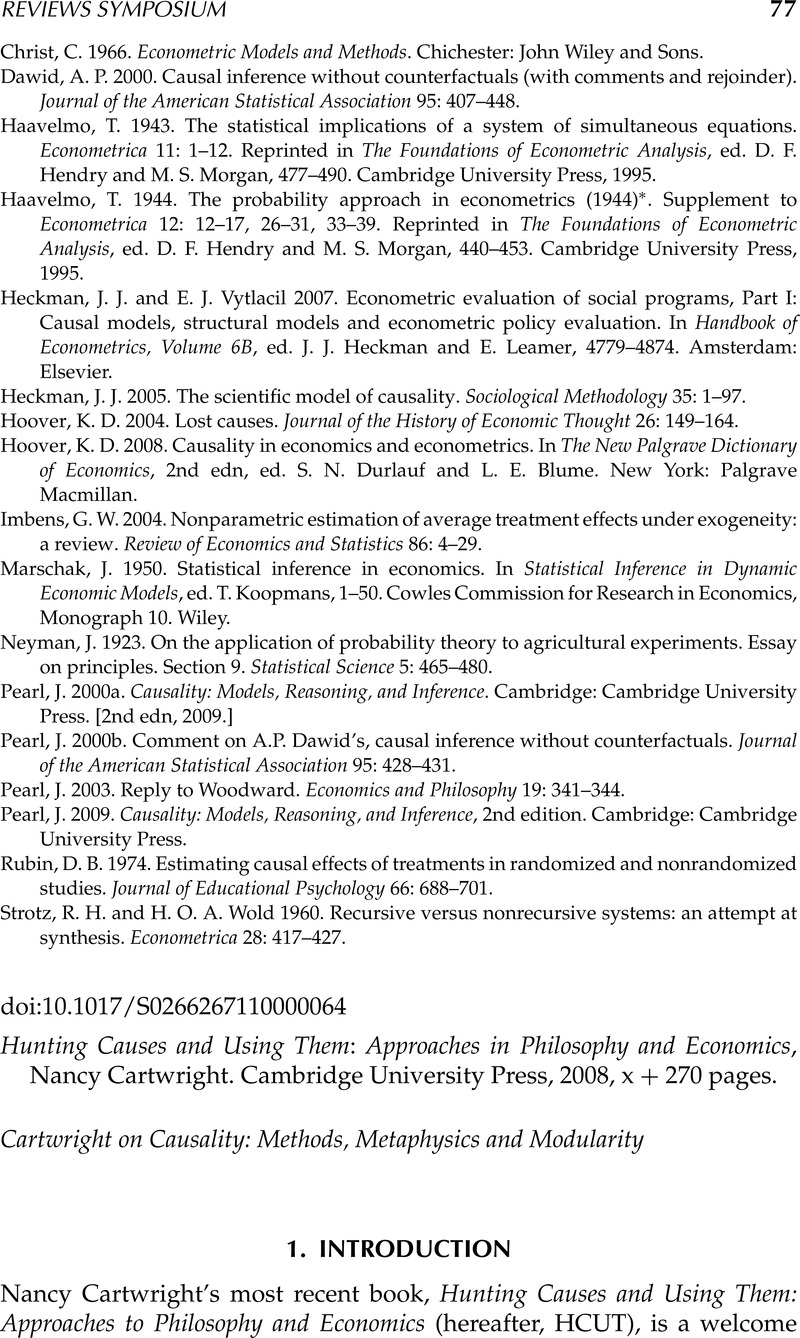Crossref Citations
This article has been cited by the following publications. This list is generated based on data provided by Crossref.
Kuorikoski, Jaakko
2012.
Mechanisms, Modularity and Constitutive Explanation.
Erkenntnis,
Vol. 77,
Issue. 3,
p.
361.
Menzies, Peter
2012.
The causal structure of mechanisms.
Studies in History and Philosophy of Science Part C: Studies in History and Philosophy of Biological and Biomedical Sciences,
Vol. 43,
Issue. 4,
p.
796.
Casini, Lorenzo
2016.
Can Interventions Rescue Glennan’s Mechanistic Account of Causality?.
The British Journal for the Philosophy of Science,
Vol. 67,
Issue. 4,
p.
1155.



